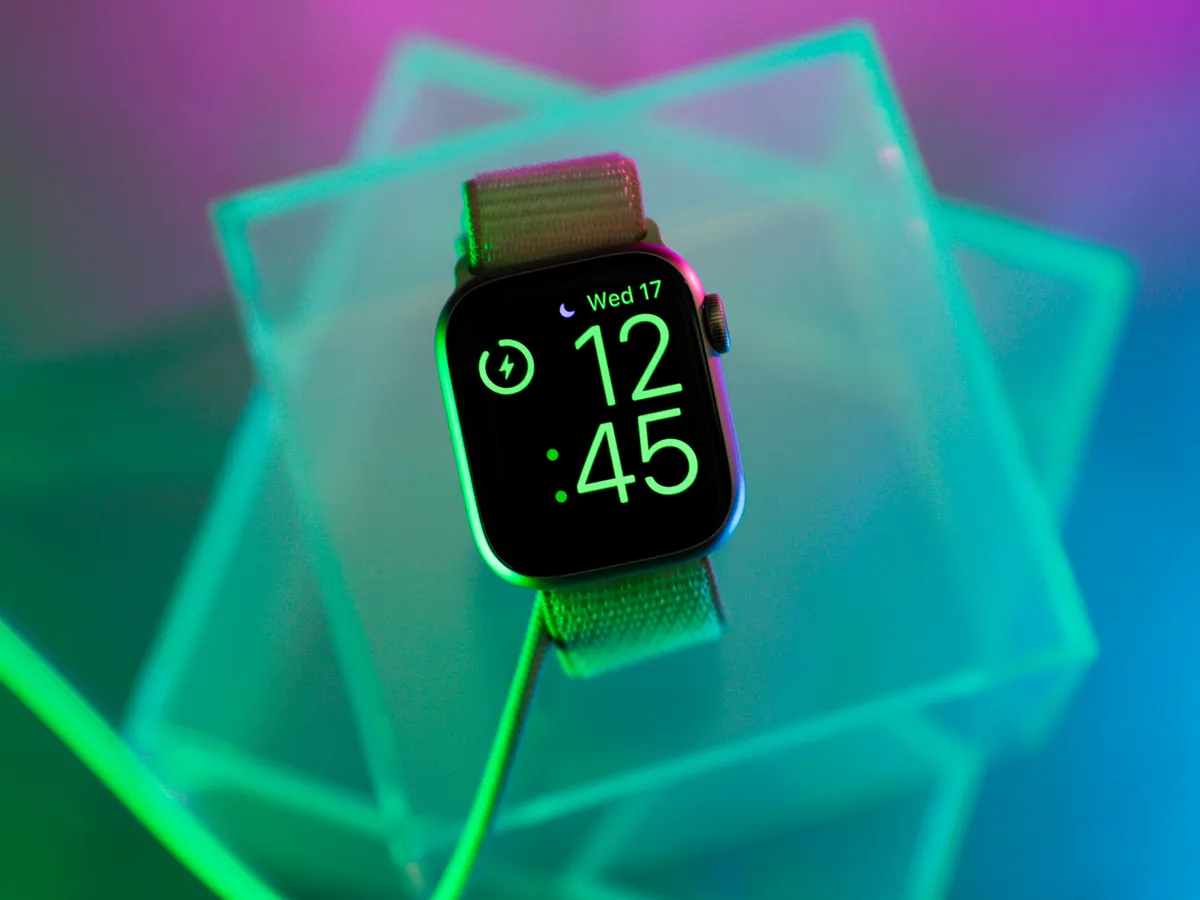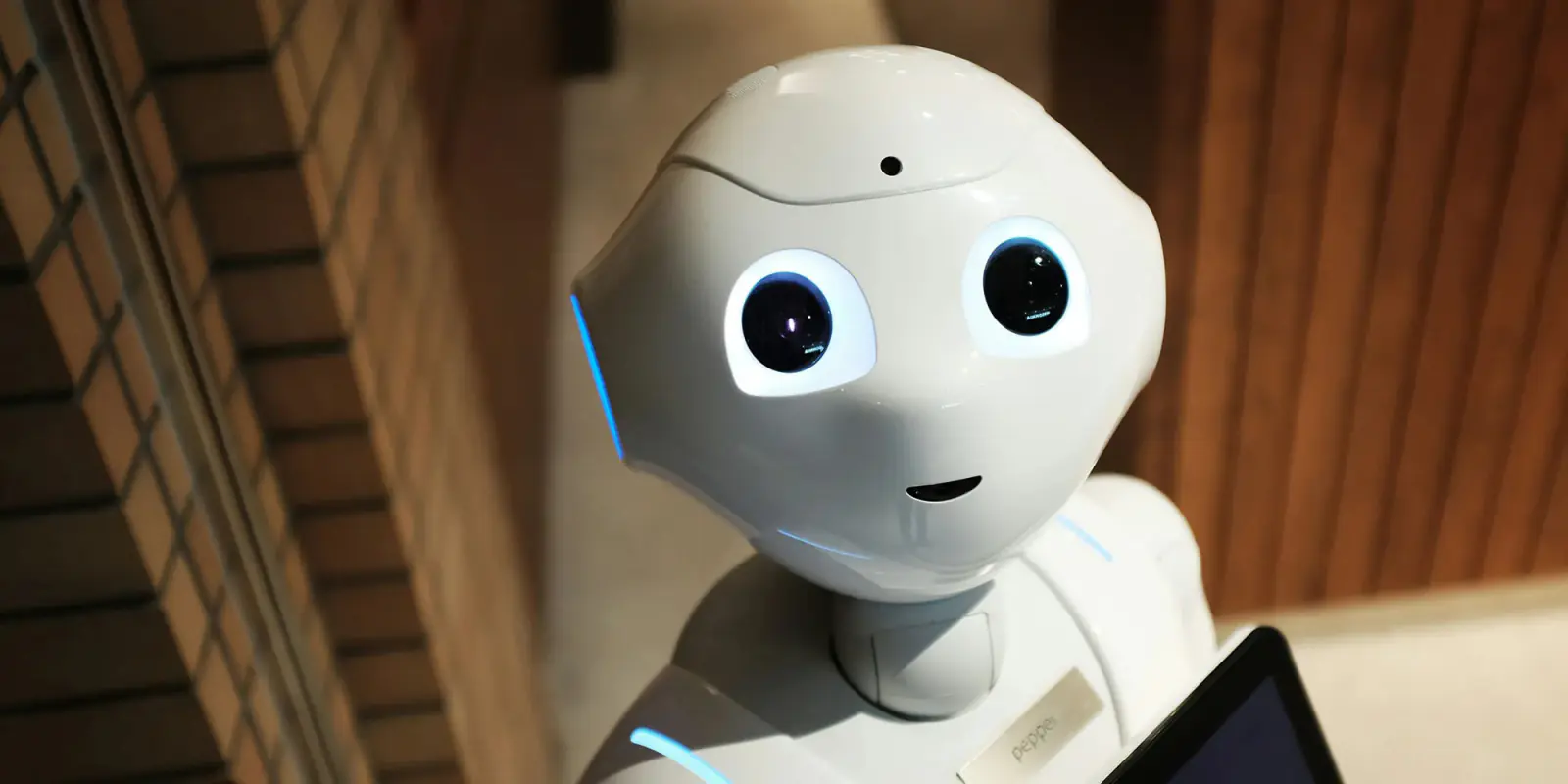Fresh news about the iPhone 17 suggests at least one model will stay cooler with a fancy liquid cooling system called a vapor chamber. This is the third time we’ve heard this, but it’s still unclear which models will get it.
Apple’s chips keep getting stronger every year, but they heat up when you push them hard—like when playing heavy games. When they get too hot, the phone slows down to avoid damage. This is called thermal throttling. It happens when the chip hits its heat limit, and the phone cuts back power until it cools off.
Big devices like the MacBook Pro use fans to blow heat away, but iPhones rely on a simple metal or graphite block to soak up heat and pass it to the phone’s body. A vapor chamber is a smarter version of this. It has liquid inside that turns into vapor when part of the phone gets hot. The vapor moves to cooler areas, turns back into liquid, and lowers the temperature. It’s like how a wet towel cools your head when you’re sick.
Who Said What About iPhone 17 Cooling?
Last summer, Apple expert Ming-Chi Kuo said only the iPhone 17 Pro Max would get this vapor chamber upgrade paired with graphite sheets. Other models would stick to just graphite. Then, the Chinese site MyDrivers claimed all iPhone 17 models would have it. Now, a trusted leaker, Instant Digital, says both Pro models—iPhone 17 Pro and Pro Max—will use this cooling trick.
iPhone 17 Air: Super Thin and Sleek
Apple’s also swapping the “Plus” model for a new iPhone 17 Air, and everyone’s talking about how thin it’ll be. Reports vary: some say 6mm, others 5.5mm at its slimmest. Leaker Ice Universe adds that the camera bump is 4mm, making the thickest part 9.5mm. It’ll have one camera, a microphone, and a flash in a long bump, like on Google Pixel phones.
Size and More
The iPhone 17 Air might have a 6.6- or 6.7-inch screen—bigger than the iPhone 17 (6.3 inches) but smaller than the Pro Max (6.9 inches). Expect Apple to show off the whole iPhone 17 lineup around mid-September 2025.




